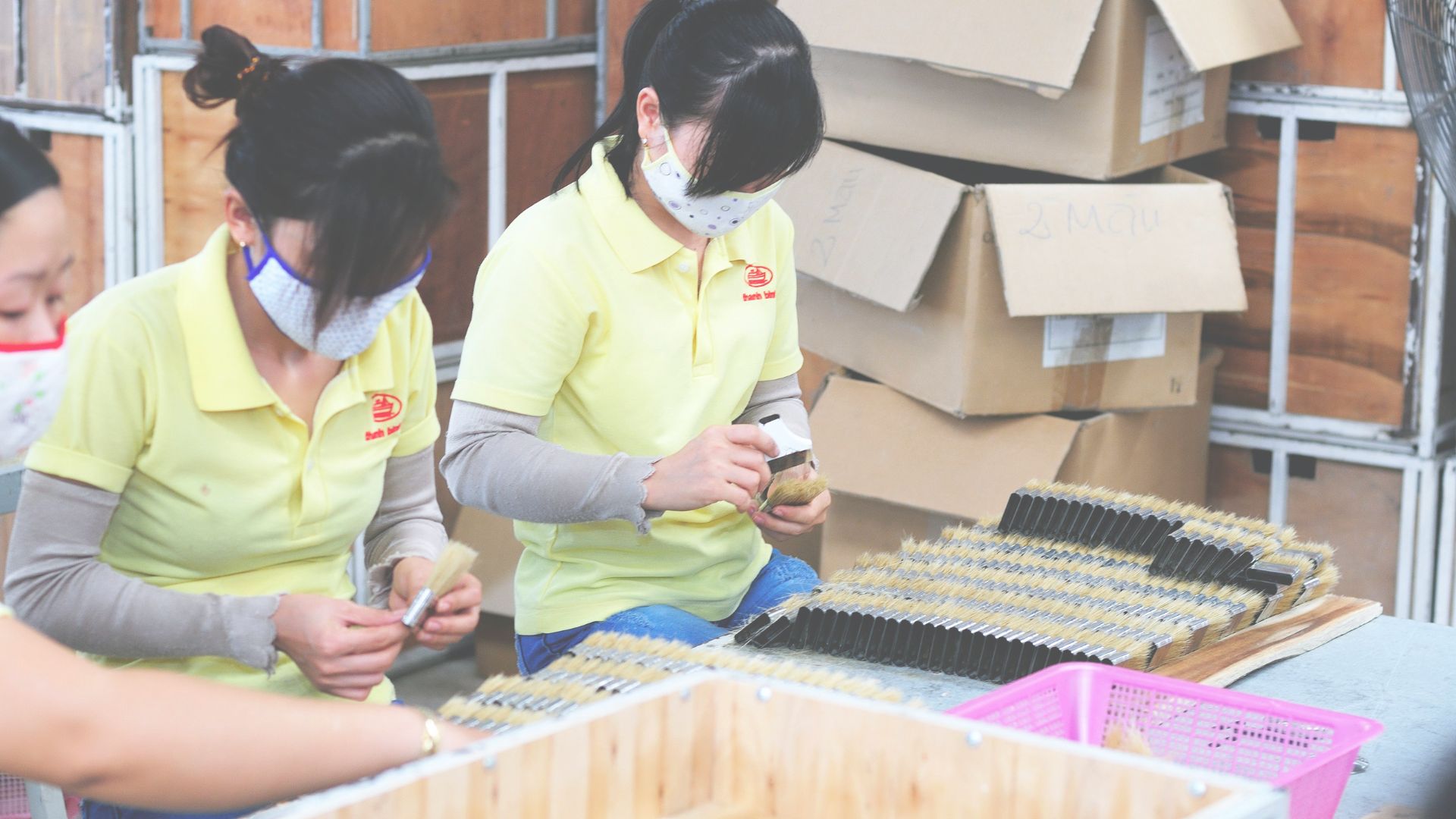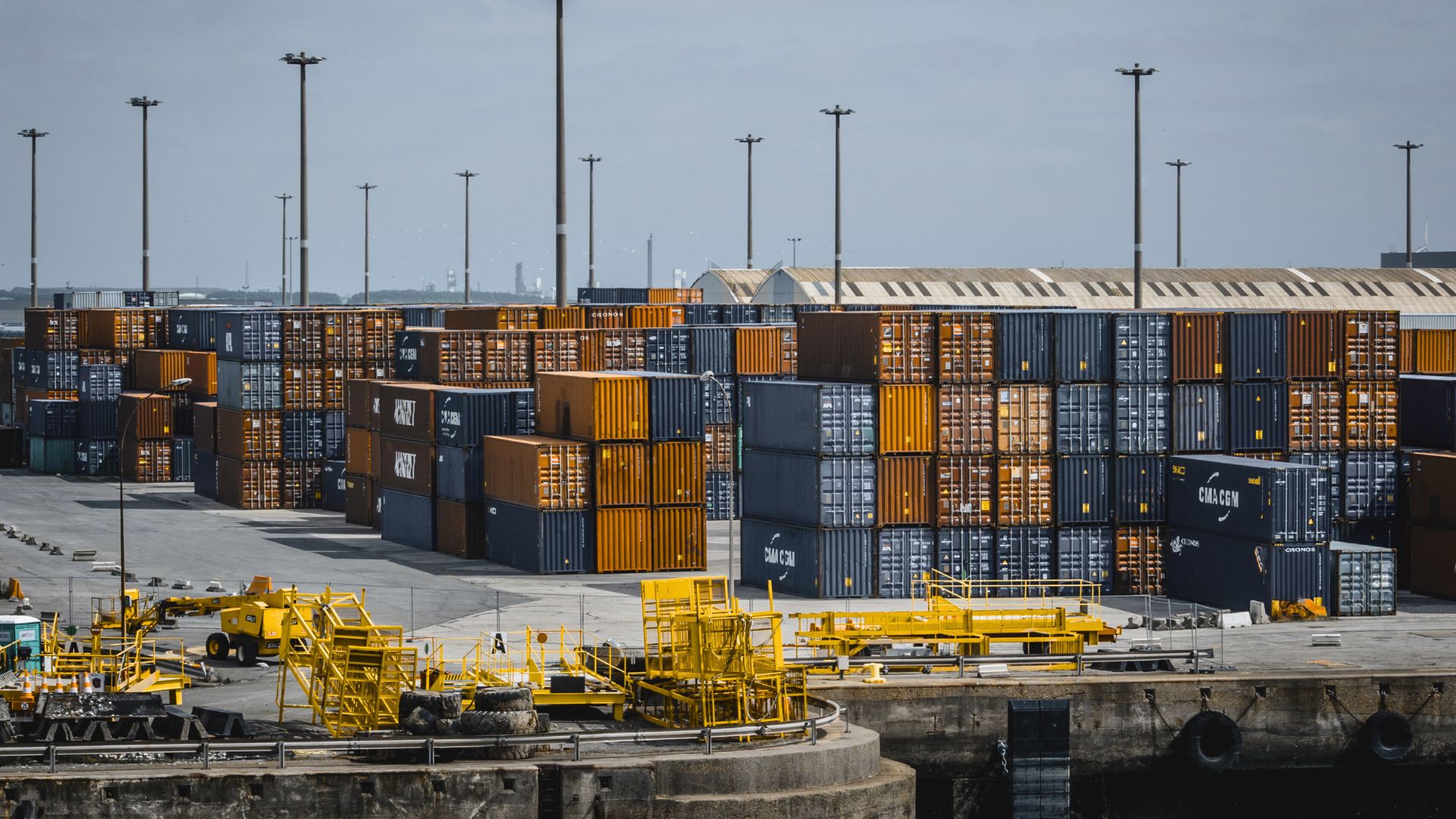
Textbook economic principles tell us that global trade is a good thing, solving for lower costs through higher specialization and access to localized resources.
While this might be true, in practice there is of course too much of a good thing.
As it stands, most Western countries find themselves stuck in this exact situation when it comes to trade with China. Through decades of outsourcing production of all types to Chinese manufacturers, Western economies have become overly reliant on China to the point that substantial economic risks loom on the horizon.
To curtail these risks, many Western companies are now actively seeking alternative markets for their production. Even still, divorcing a supply chain from China is a long, complex process, but it is quickly becoming an imperative for the sake of global trade stability.
Why are companies leaving China to begin with?
China has been increasingly accused of unfair trade practices such as price manipulation, political exploitation, and intellectual property theft, among other things and the world’s market is largely fed up. In addition, Western governments now recognize that the supply of goods that the world relies upon have become too concentrated in China. Together, these issues present a significant combination of risks that jeopardize global economic health, commercial competition, and even national security. In turn, many countries alongside the United States are actively de-risking their economies by moving production out of China – in part or in whole.
Challenges with De-Risking Away from China
For most US import buyers, exiting Chinese manufacturing markets is a tall order. Let’s break down a handful of specific challenges that buyers face when reshoring away from China:
Market Dominance
Over the last thirty years, China has grown into the single largest global manufacturing hub, today serving practically every developed country’s economy to the tune of over $14 trillion in GDP value (compared to the United States’ nearly $10 trillion). With such inherent dominance in global supply chains, the first challenge in leaving China is simply finding other supply chains that don’t lead back to China.
Indirect Reliance
Industrial manufacturing requires a series of production steps that rarely occur under a single company’s roof. Domestic importers tend to contract final assembly steps from Chinese exporters, which that exporter will complete by sourcing upstream materials and services from other entities within China. As such, US buyers can relocate downstream production out of China, but may still end up indirectly reliant on Chinese upstream supply.
Critical Resource Control
China has monopolistic control over many raw materials, most notably rare earth minerals and metals. China also controls most global processing capabilities for such materials, meaning that even if resources weren’t extracted within China, they are almost certainly sent to China for processing. In these ways, manufacturers are challenged to free themselves of Chinese resource control.
Market Competition
Pulling out of a manufacturing arrangement with a supplier leaves that supplier and country with underutilized assets that are difficult to repurpose. Some fear that in leaving China, this will motivate export manufacturers to continue producing identical products now under their own banner. In this way, a US manufacturer may have just created their own foreign competition, which will directly harm their objectives within that market and beyond.
Retaliatory Actions
Given the co-dependence between China’s industrial sector and the governing political party, almost every action that the United States and others have taken to more fairly balance trade with China has been met with threats of hostile retaliations. As it is, many companies have clearly diverted investments away from Chinese manufacturing and into emerging export countries. As this trend continues and the impacts on China’s economy mount, retaliations such as resource restrictions, cost increases, and trade value manipulation are almost guaranteed.
Extended De-Risking Timeframes
Whether a manufacturer wishes to partially or completely exit Chinese dependence, either way this process will not be fast. Reshoring primary production will alleviate short-term, direct reliance on Chinese manufacturing and may be achievable within a number of months (so long as viable alternatives can be found), but to completely absolve reliance on China entirely is a multi-year venture.
Tips for Active Reassignment of Export Manufacturing
Seeking freedom from Chinese dominance is not just an ideal, but a quantifiable reality that has been playing out over the last ten years. The goal of shifting trade away from China to other economies is to simply reduce (or eliminate) commercial and political over-reliance on China as a whole, which domestic buyers can work towards using these tips:
Understand Governing Restrictions
Often unknown to Western companies, China’s government has multiple protectionary instruments in place that hamper a foreign firm’s departure. Foreign investors are subject to withdrawal guidelines, commercial requirements, taxes, fees, and legal actions when closing out manufacturing engagements. Buyers should start their preparations for reshoring here.
Ramp-Up Diversification
Even if a complete reshoring of production is not in the cards in the short term (due to costs, unavailable alternatives, or the like), domestic buyers can still make headway by diversifying portions of their supply chain to alternative suppliers.
Dual Sourcing
Importers can insulate themselves from over-reliance on China by setting up dual sourcing channels for their products. Dual sourcing goes beyond simply having a backup supplier by actively sourcing from a Chinese and an alternative supplier simultaneously, slowly transitioning production to the alternative supplier.
Require Traceability
For companies whose risk is predominantly rooted in upstream materials and services, requiring complete traceability documentation can help ensure that a new alternative supplier is not indirectly presenting the same level of risk by themselves sourcing from China.
Research Trade Agreements
The United States has over twenty free trade agreements in place with individual governments, as well as bilateral agreements with nation groups such as the USMCA (United States-Mexico-Canada Agreement). Importers leaving China are encouraged to tap into these existing trade agreements to find friendly alternative markets.
Protect Intellectual Property
With all actions involving Chinese manufacturing, buyers must take deliberate steps to protect their intellectual property, especially when communicating an intent to transition to other suppliers. Buyers should make sure that all possible legal protections are in place to oversee the return of all digital and physical property.
Questions on diversifying away from China?
ITI Manufacturing is an American-owned company with a passion for helping U.S. companies grow their business through global manufacturing. Our 50 years of experience allows us to make sense of both current conditions and the big picture. Contact us today.




